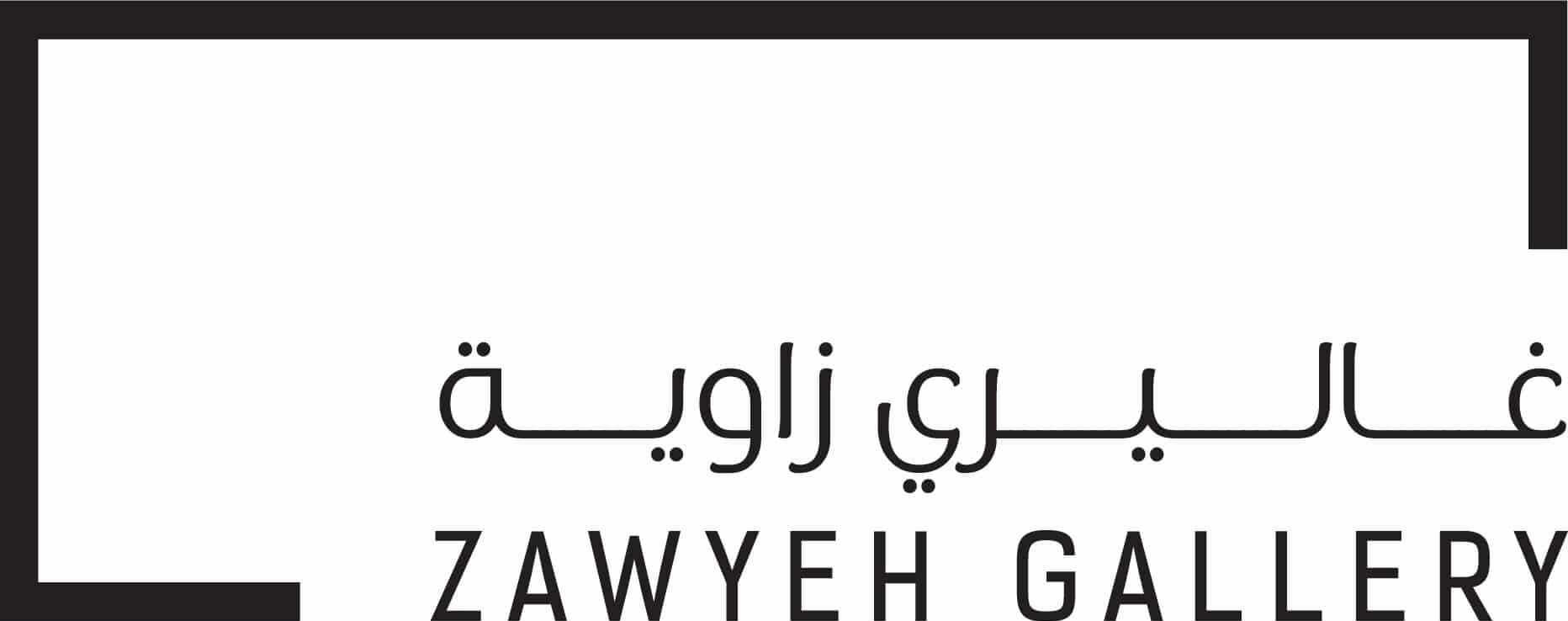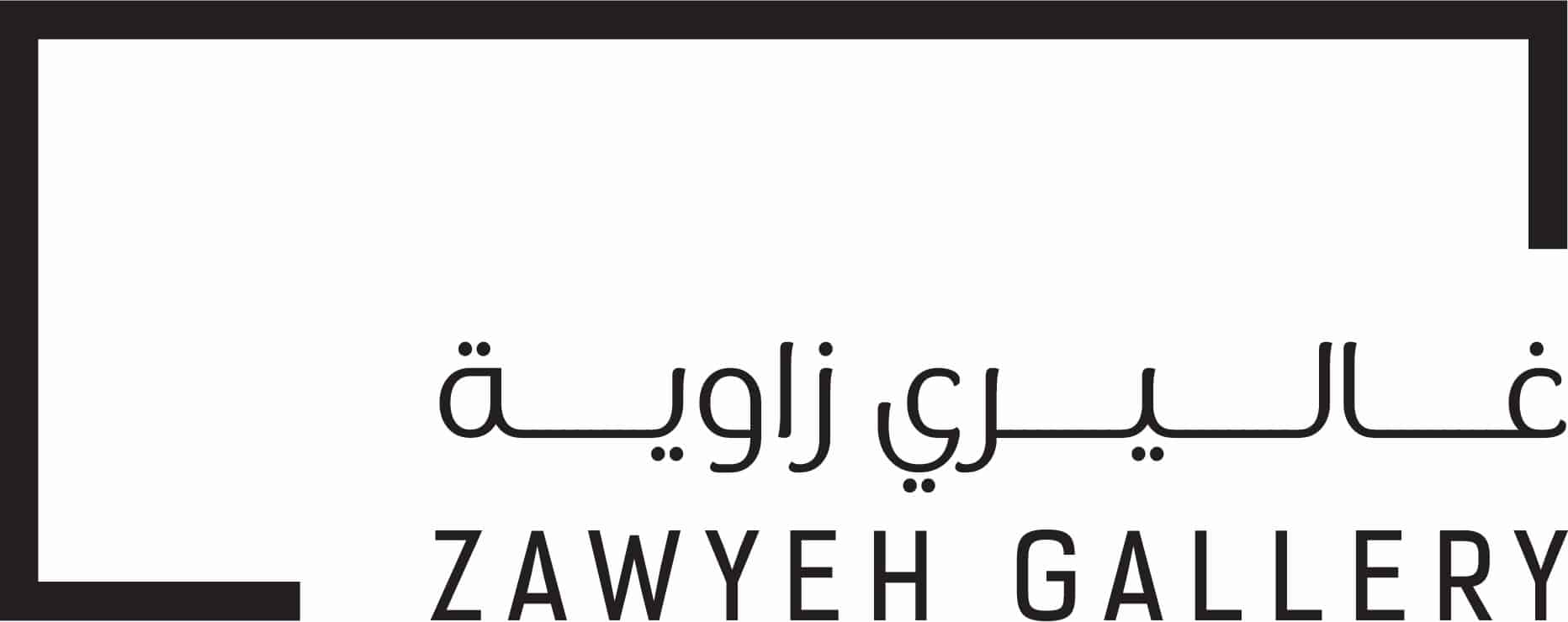Ghassan was a prominent Palestinian author, politician, journalist, and artist. Kanafani is considered to be one of the leading novelists of his generation with his works having been translated into more than 17 languages. Forced to flee out of their hometown by Zionist militias, Kanafani and his family settled in Damascus where he completed his secondary education. He moved on to become a teacher for displaced Palestinian children in refugee camps, and schools run by the UN Relief and Works Agency (UNRWA), earning a teaching certificate in 1952. Although originally hired as an art teacher, he wrote short stories to help the children contextualize and cope with their situation.
Kanafani established himself as a writer and artist before finishing school, using his work to raise awareness of his people’s suffering. His worldview was molded by his early experiences as a refugee, which inspired him to write about identity, loss, and the fight for justice. Using his compelling narratives, he shed light on the individual and communal tragedies encountered by Palestinians, rendering their experiences universal.
Kanafani stated once “My paintings are more a dialogue between the canvas and the hand, submit and control, giving and taking”. When studying at the School of Fine Arts at Jordan Yarmouk University, he learned the tools and techniques that he would utilize later on in his career. In his teenage years, the subject of humanity became his focus; his work was deeply influenced by well-known artists that he had previously studied.
Kanafani’s legacy remains significant for those who value justice and freedom. His works highlight the role of storytelling as a means of preserving cultural memory in challenging circumstances. Through his art, he has influenced many and contributed to ongoing discussions about resistance and oppression.
WORKS
Join our Newsletter
Sign up for our Newsletter and get all the latest news

